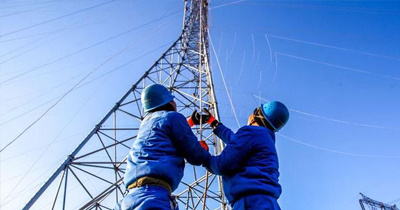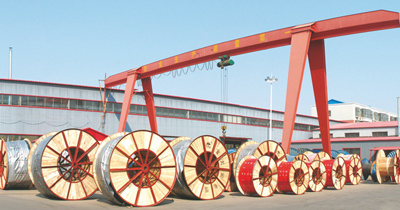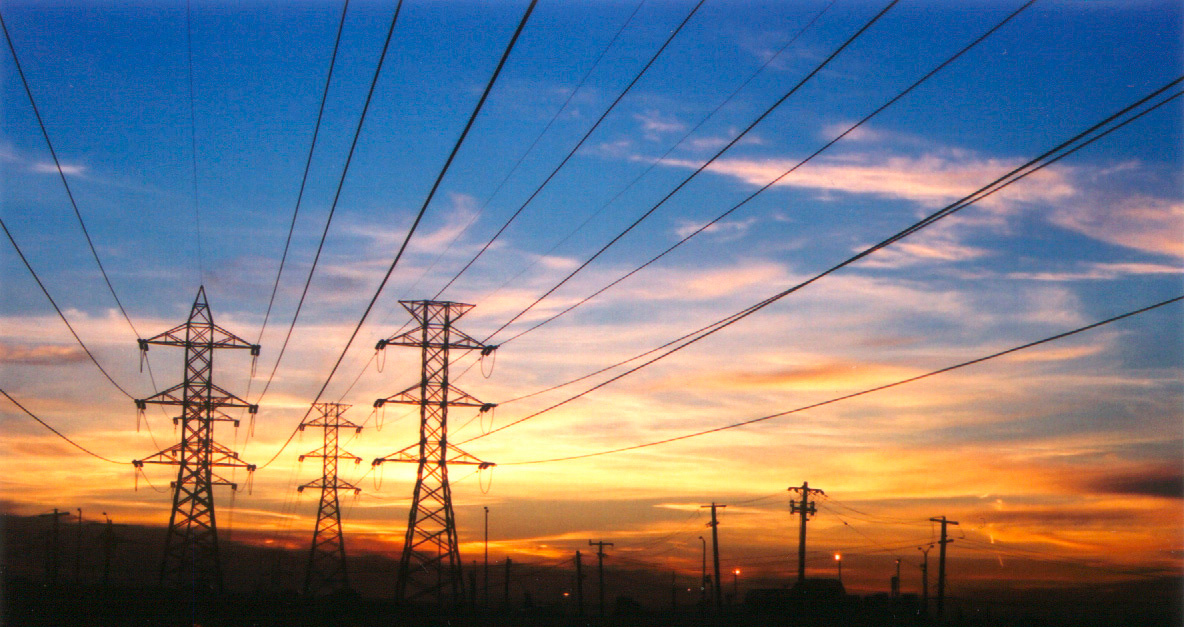Basic Structure of Power Cables
The basic structure of a power cable consists of four main components: the conductor core, insulation layer, shielding layer, and protective layer.
The conductor core is the electrically conductive part of a power cable, responsible for transmitting electrical energy—and it constitutes the cable's primary component.
The insulation layer electrically isolates the conductor core from the ground and from cores of different phases, ensuring efficient power transmission. It is an indispensable component in the structure of power cables.
Shielding layers: Power cables rated at 15 kV and above typically feature both a conductor shield layer and an insulation shield layer.
Protective Layer The protective layer serves to shield the power cable from external impurities and moisture, as well as prevent direct physical damage caused by external forces.
Tags:
Next
Next:
Related News
Primary applications of low-smoke, halogen-free cables










